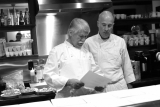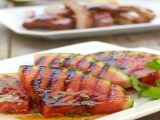
Sweet Briar Reopens Dining Services in Just 18 Days
Sweet Briar College in Virginia had 18 days to recreate its dining and catering service departments when a last-minute stay allowed the college to remain open. A challenge they met with a little help from friends.









